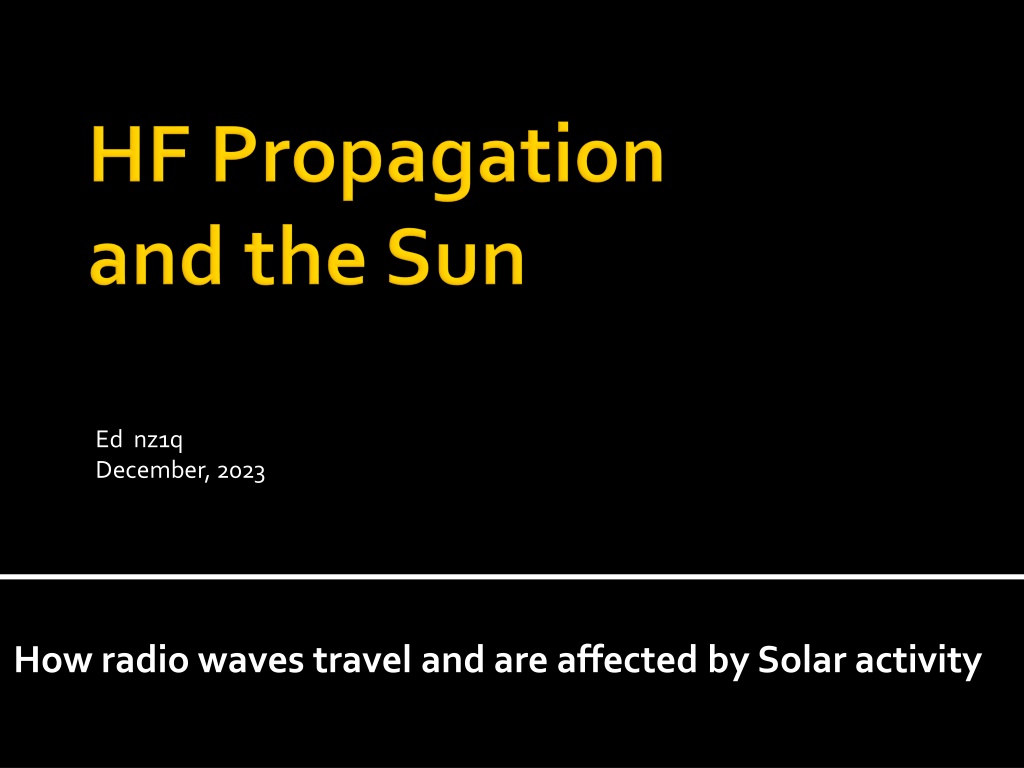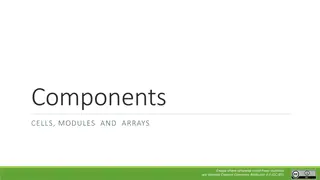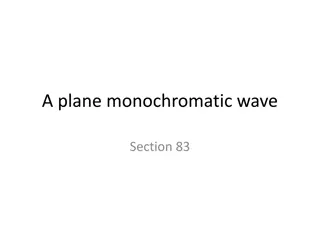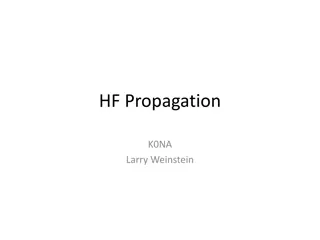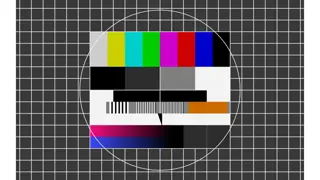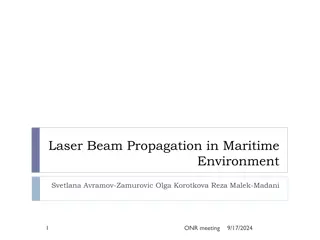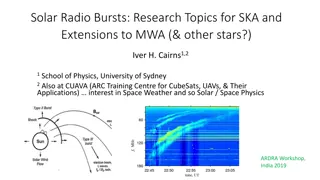Understanding Radio Wave Propagation and Solar Activity Effects
Explore how radio waves travel and are influenced by solar activity. Learn about HF radio wave propagation, critical layers, day-night cycle effects, sunspots, coronal mass ejections, solar wind, auroras, and more. Discover the impacts of solar flux, sunspot numbers, and solar flares on radio wave communication. Gain insights into the speed and behavior of particles in the solar wind and coronal mass ejections.
Download Presentation

Please find below an Image/Link to download the presentation.
The content on the website is provided AS IS for your information and personal use only. It may not be sold, licensed, or shared on other websites without obtaining consent from the author. Download presentation by click this link. If you encounter any issues during the download, it is possible that the publisher has removed the file from their server.
E N D
Presentation Transcript
Ed nz1q December, 2023 How radio waves travel and are affected by Solar activity
HF Radio Wave Propagation bend
Flares CMEs Solar Wind Good
Solar Flux (SFI) UV Sun Spot Number Solar Wind (SW) Coronal Holes Coronal Mass Ejections (CME) Sun Spot Eruption Plasma + Magnetic Flux Solar Flares X-Rays from Sun Spots wind
400 kilometers per second =250 Miles per second = 900,000 miles per hour Protons & Electrons Less dense than the best man-made Vacuum Common speeds of 300 to 400 k/s Fastest speeds of 500 to 800 k/s CMEs can inc speed to 4000 k/s Vel den
December 1, 2023 @ 00:00 UTC (UPDATED)Two CME passages observed. The first and smaller passage was observed at 00:21 UTC (Dec 1). A second and faster moving passage likely related to the M9.8 flare event on Nov 28 was observed. A moderate (G2) geomagnetic storm is currently in progress. The solar wind speed is above 520 km/s and the Bz component of the interplanetary magnetic field (IMF) is pointing sharply south. A watch for strong (G3) conditions remains in effect. Aurora sky watchers at middle to high latitudes should be in for a treat while it is still dark outside. ALERT: Geomagnetic K-index of 7 K
Flares - X-Ray Burst Flares - May occur with or without a CME Quiet Sun Spots - Soft X-rays and UV X-ray
Critical Freq A signal high enough in frequency such that the waves are not reflected back to earth. MUF Maximum Usable Freq The maximum freq that can be used to the DX station. MUF angle
SFI (70 = poor / 160 = good / 280 = fabulous) SN (2 = poor / 90 = good / 220 = fabulous) 304A (80 = poor / 150 = good / 240 = fabulous) A Plntry (4 = calm / 40 = minor storm / 80 = severe) K Plntry (1 = calm / 5 = minor storm / 7 = severe) Geomag Field (Inactive, VyQuiet, Quiet, Unsettled) Bz (20 = good / 2 = ok / -2 = not ok / -20 = disruptive) X-Ray (A1.1 = good / C5.0 = moderate / X2.3 = severe) Ptn Flx (0.10 = good / 2.0 = moderate / 20.0 = heavy) Elc Flx (1000 = little impact / >1000= heavy impact) SW (100 = good / 500 = moderate / 700 = disruptive)
